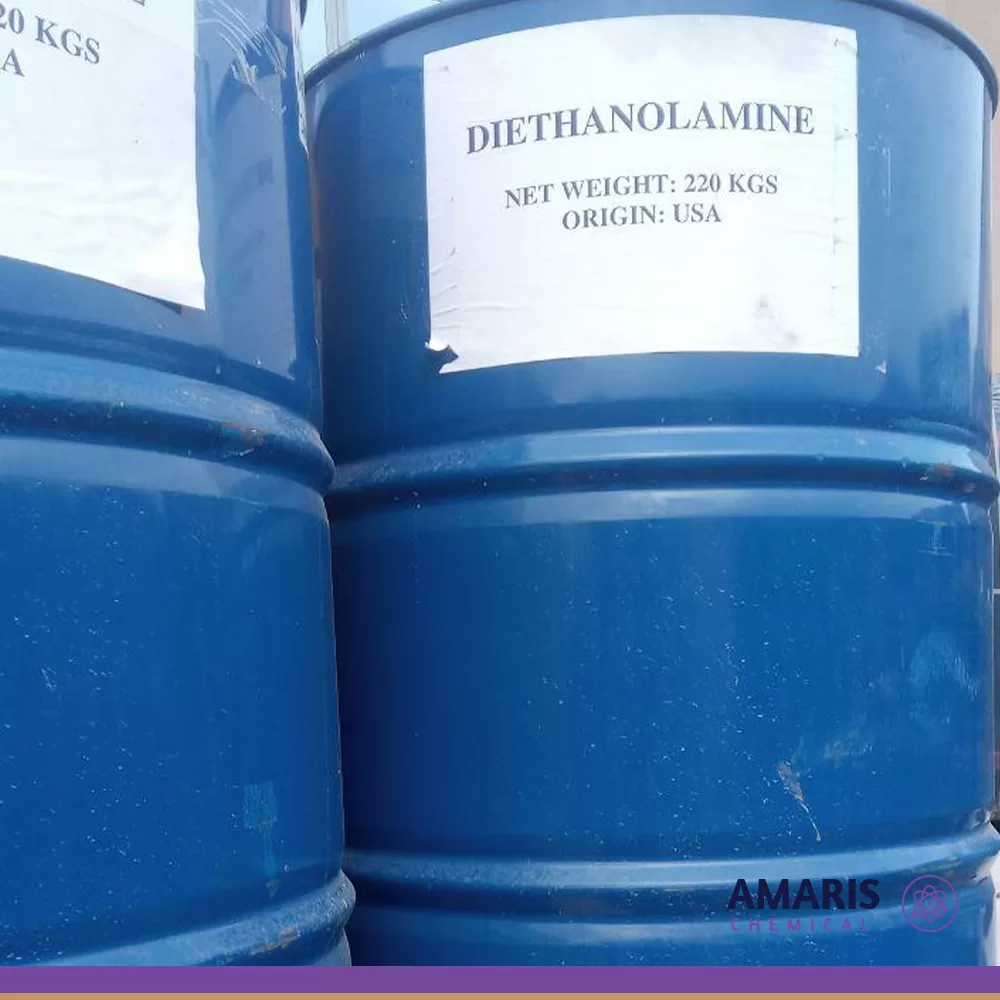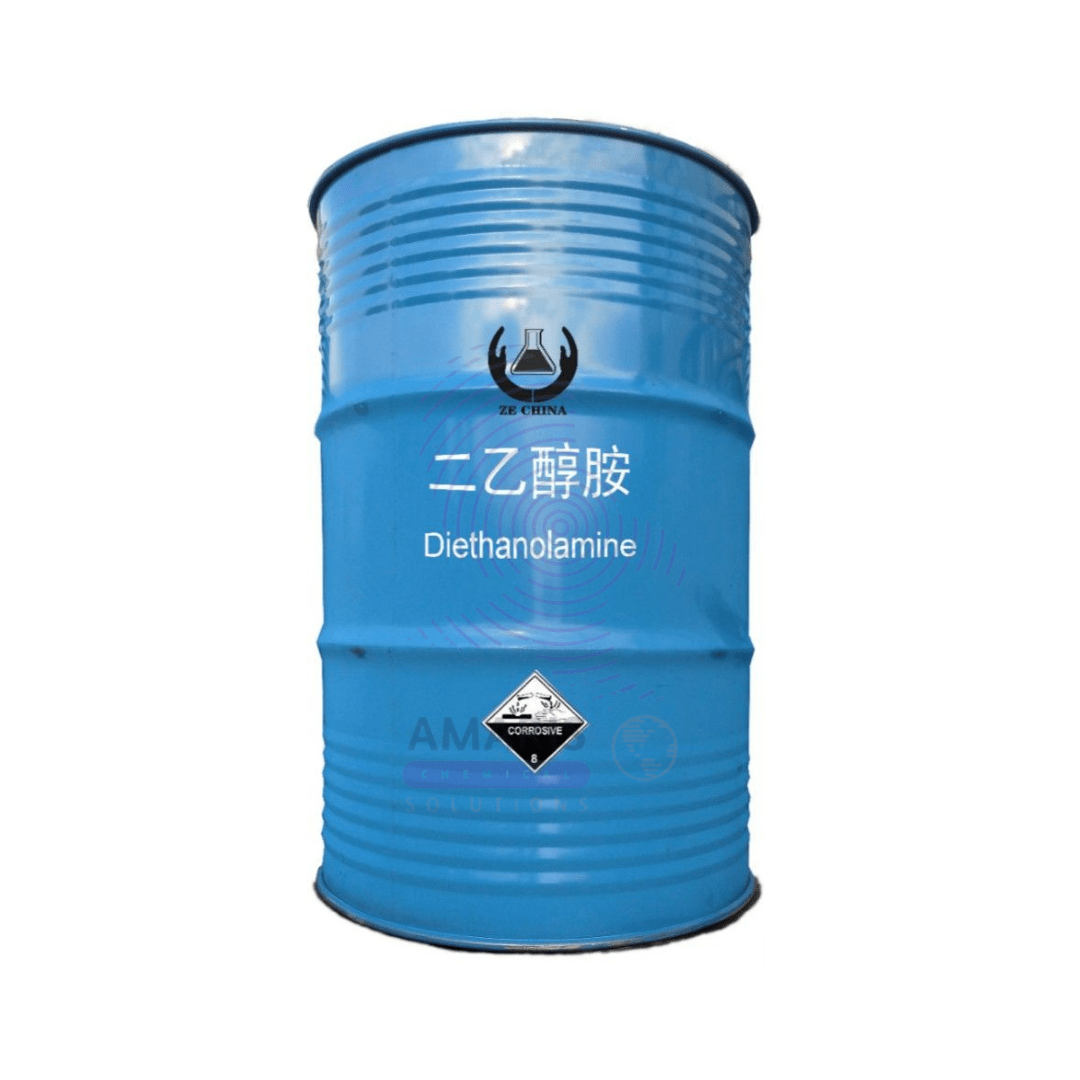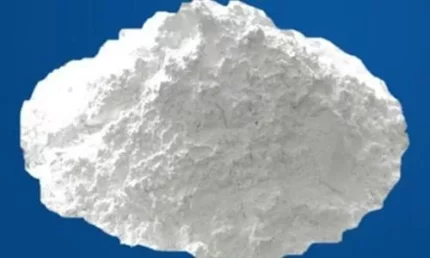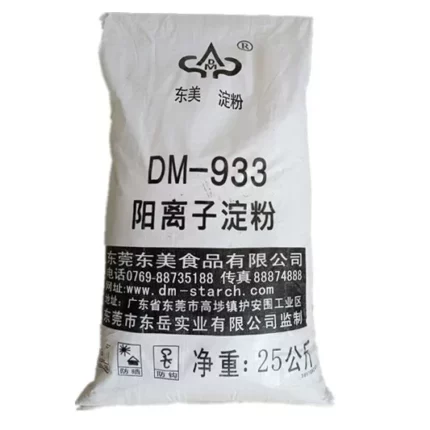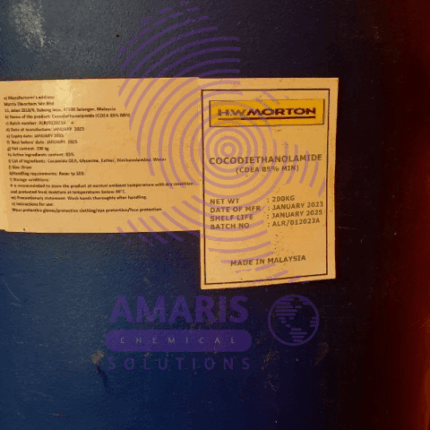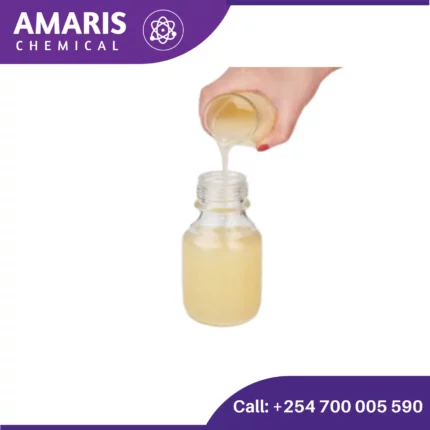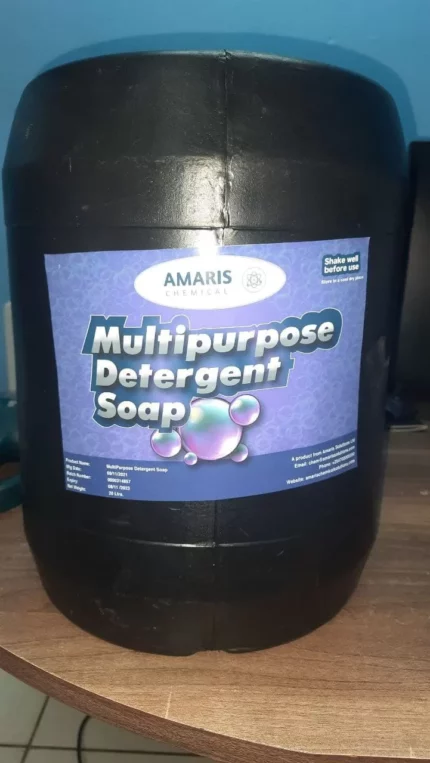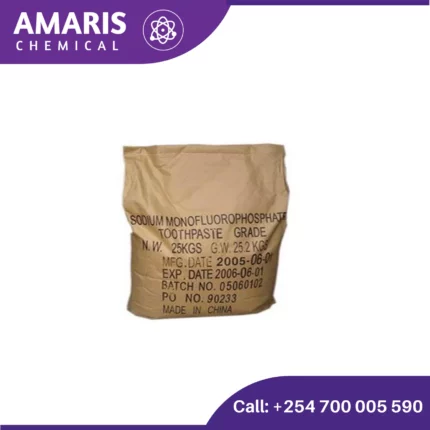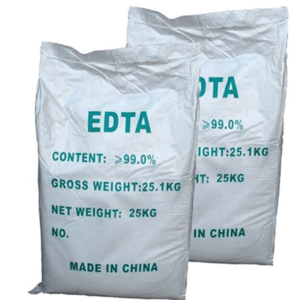“Sodium Diphenylamin Sulphonate” has been added to your cart. View cart
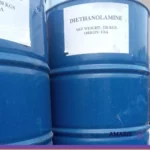

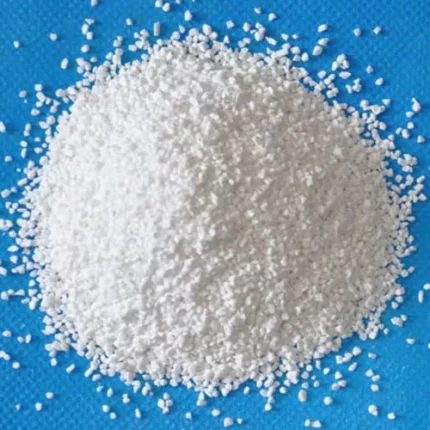
Sodium dichloroisocyanurate (C3N3O3Cl2Na)
KSh8,500.00 Original price was: KSh8,500.00.KSh8,300.00Current price is: KSh8,300.00.
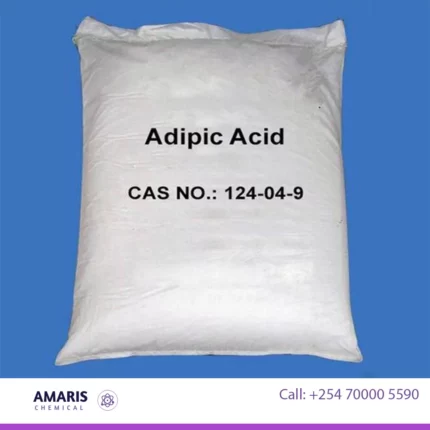
Adipic Acid
KSh0.01
Diethanolamine [C4H11NO2 or (CH2CH2OH)2NH]
KSh85,000.00 Original price was: KSh85,000.00.KSh84,000.00Current price is: KSh84,000.00.
The compound is abbreviated as DEA or DEOA. It Is also known as diolamine, Iminodiethanol, or diothylolamine just to mention a few. Its appearance is that of an oily colourless liquid or solid white crystals. It has a mild ammonia-like odour or slight rotten fish.
SKU:
ACS78778CHEM0
Categories: Catalysts, Excipients, Surfactants
Description
Uses of Diethanolamine [C4H11NO2 or (CH2CH2OH)2NH]
- It is used in the purification of natural gases.
- It is used in the production of morpholine.
- It is used as a humectant and softening agent, as an intermediate in the rubber chemicals industry.
- It is used as an emulsifier and dispersing agent in some agricultural chemicals.
- It is used in cutting oils, shampoos, polishers, soaps, pharmaceuticals, and cosmetics.
- It is used in the manufacture of lubricants that are used in the textile industry.
- It is used in the production of liquid detergents that are used as emulsions for paints, cleaners, polishes, and shampoos.
- It is used as a surfactant foam booster.
- It is used as an opacifying agent.
Shipping & Delivery
Related products
Aluminium silicate
Aluminium silicate is a compound made up of aluminium, silicon, and oxygen, with the chemical formula Al2SiO5. It is also known as kaolin, a naturally occurring clay mineral that is widely used in a variety of industrial applications. Aluminium silicate is valued for its high temperature resistance, low thermal expansion, and good electrical insulation properties, which make it useful in the manufacturing of ceramics, refractory materials, and insulators. It can also be used as a filler in paper, paint, and plastics.
Amphoteric 25kg
Amphoteric refers to a substance or compound that has the ability to react as both an acid and a base. In other words, it can either accept a proton (H+) to act as a base or donate a proton to act as an acid, depending on the conditions of the reaction. The term "amphoteric" is often used in the context of chemistry to describe species that exhibit this dual nature of reactivity.
CocoDiethanolamide CDEA
Cocamide DEA (CDEA), also known as cocodiethanolamide, is a type of non-ionic surfactant derived from coconut oil. It is commonly used as a foaming agent, emulsifier, and viscosity builder in various personal care and household cleaning products, such as shampoos, bath gels, liquid soaps, and detergents. CDEA is valued for its ability to enhance the performance of other ingredients in a formula, as well as its mildness on the skin and hair
Defoamer
A defoamer, also known as an anti-foaming agent, is a chemical additive that reduces and eliminates foam formation in liquids. Foam is formed when gas is trapped in a liquid, and it can cause problems in various industrial processes, such as in the production of food and beverages, pulp and paper, and wastewater treatment. Defoamers work by destabilizing foam bubbles and breaking them apart, allowing the gas to escape from the liquid. They typically contain surfactants or oils that spread over the surface of the liquid to disrupt foam formation. Defoamers are available in various forms, including liquid, powder, and emulsion, and are used in a wide range of industries to improve process efficiency and product quality
Multipurpose detergent Soap
KSh2,500.00
Rated 5.00 out of 5
Powder Sodium Mono Fluoro Phosphate [Na2PO3F]
Sodium monofluorophosphate (Na₂PO₃F), commonly abbreviated as SMFP, is a compound used in dental care products, particularly toothpaste, for its anti-cavity properties. Here are some key points about it:
- Chemical Composition:
- Formula: Na₂PO₃F
- Molar Mass: 143.95 g/mol
- Appearance: White, odorless powder
Sodium Lauryl Ether Sulphate (SLES Ungero)
Sodium Lauryl Ether Sulfate (SLES) is an anionic surfactant commonly used in various personal care and cleaning products. It is derived from lauryl alcohol and ethylene oxide, followed by sulfation to produce the final compound. SLES is known for its excellent foaming and cleaning properties, making it a popular ingredient in shampoos, body washes, toothpaste, and household cleaners.
As a surfactant, SLES acts as a detergent and emulsifier, helping to remove dirt, oil, and grease from surfaces. It lowers the surface tension of liquids, allowing them to spread and penetrate more effectively. Additionally, SLES can create a rich and stable foam, enhancing the cleansing experience.
It's worth noting that SLES can be derived from natural or synthetic sources, and its production may involve the use of petroleum-based ingredients. However, formulations can vary among manufacturers, so it's important to check product labels or consult the manufacturer directly for specific information on the origin and processing of SLES.

